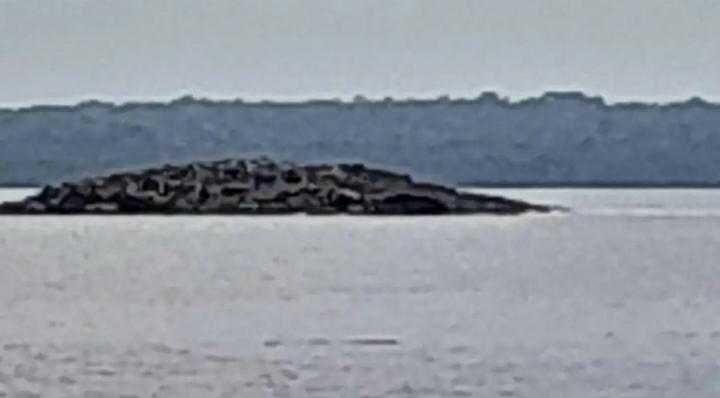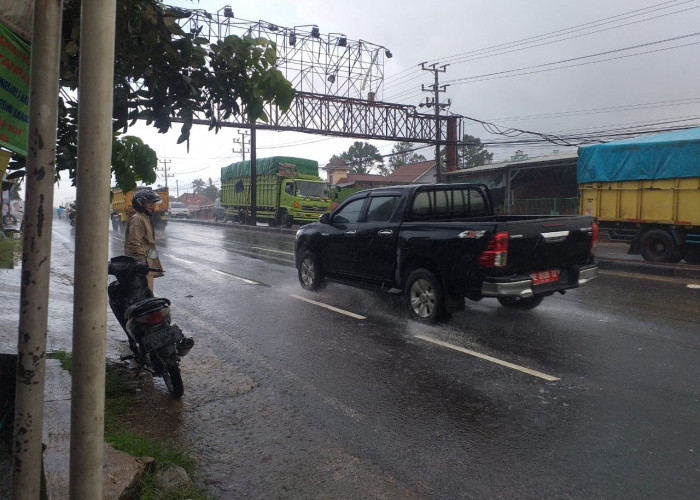BMKG Explains Why an Island Appeared After The Maluku Earthquake

an Island Appeared After The Maluku Earthquake.--Facebook Daryono BMKG
BACA JUGA: Attention! This is How to Register for The Employment BPJS for Indonesian Migrant Workers
The trapped soft material then allows overpressure to occur if it is pressured by tectonic forces or the presence of strong earthquake shocks as input motion.
Basically, the earthquake exerts pressure on the plastic layer beneath the trapped soft material. So when the pressure in the deeper layers becomes relaxed, then the pressure spreads outward.
When liquids and gases trapped in the Earth find their way to the surface through fractures in the rock formed by the violent shaking produced by strong earthquakes, these new mud volcanoes or islands are formed.
The material that slowly emerges eventually moves up the fracture and carries mud material, forming a mud volcano.Even so, the new island will eventually disappear by itself.
BACA JUGA: Number 4 is The Most Effective of The Five Tips for Eliminating Sleepiness During Overtime
Apart from that, Daryono also mentioned several phenomena of the emergence of new islands after this kind of earthquake, namely as follows:
1. Ormara Earthquake, Makran, Magnitude 8.1 SR (November, 28th 1945).
2. Niikappu earthquake, Japan, magnitude 8.6 SR (March, 4th 1952).
3. Gobi Altay Earthquake, Mongolia, magnitude 8.3 SR (December, 4th 1957).
BACA JUGA: 15 Reliable Websites and Applications in 2023 with a Variety of Job Categories for Job Seekers
4. Kandewari Earthquake, Pakistan, magnitude 7.7 on the Richter scale (December, 26th 2001).
5. Andaman Earthquake, magnitude 9.2 (December, 26th 2004).
6. Gwadar Earthquake, Pakistan, Magnitude 7.7 SR (September, 24th 2013). (*)
Cek Berita dan Artikel yang lain di Google News
Sumber:














